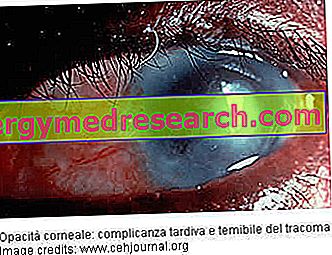The body circumferences express the transversal dimensions of the various segments of the human body. This is anthropometric data widely used in clinical practice, so that their value, correctly interpreted according to the reference standards, makes it possible to evaluate numerous factors in a practical, economic and with a reasonable reliability, among which we recall:
the growth of an individual (head or arm circumference)
the distribution of the subcutaneous adipose tissue (together with the folds) and the cardiovascular risk (abdominal circumference, waist / hip ratio or waist / thigh, neck circumference)
the state of nutrition (circumference of the arm or thigh)
constitutional, linear, or linear lines (circumference of the wrist or chest)
In order for the measured value to be reliable it is very important that the operator detects the various circumferences in full compliance with anthropometric standards. The measurements, in fact, can vary considerably in relation to the different physical and postural conditions: the circumference of the arm measured with the relaxed biceps is significantly lower than that measured with the contracted muscle; analogous speech for thoracic circumference in conditions of rest or maximum inspiration.
The most measured circumferences, and of which we will see a brief overview, are:
the circumference of the chest,
the circumference of life,
the circumference of the hips,
the circumference of the thigh,
calf circumference,
the circumference of the arm,
and the circumference of the wrist.
General indications:
use a flexible but inelastic metric cord;
if the limbs are measured, always evaluate the same side of the body;
detecting the circumferences three times per point and considering the arithmetic mean as a real value;
the circumferences must be detected with the end of the meter corresponding to zero in the left hand; this end must therefore be placed over the remaining part of the cord held in the right hand;
the plane of the meter must be parallel to the floor or, more precisely, perpendicular to the longitudinal axis of the measured body region;
the pressure applied to the meter influences the validity and reliability of the measurement, it is therefore necessary to avoid tightening it too much or keeping it excessively loose;
some circumferences, such as those detected in the buttocks or thighs, may vary in relation to the phase of the menstrual cycle (in some women they increase in the days preceding the flow due to the appearance of edema and water retention);
It is advisable that repeated measurements on a subject always take place with the same instrument and by the examiner himself.



